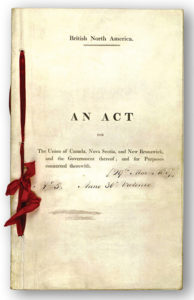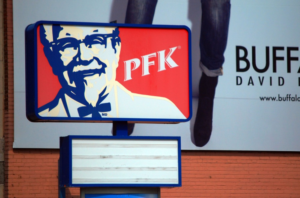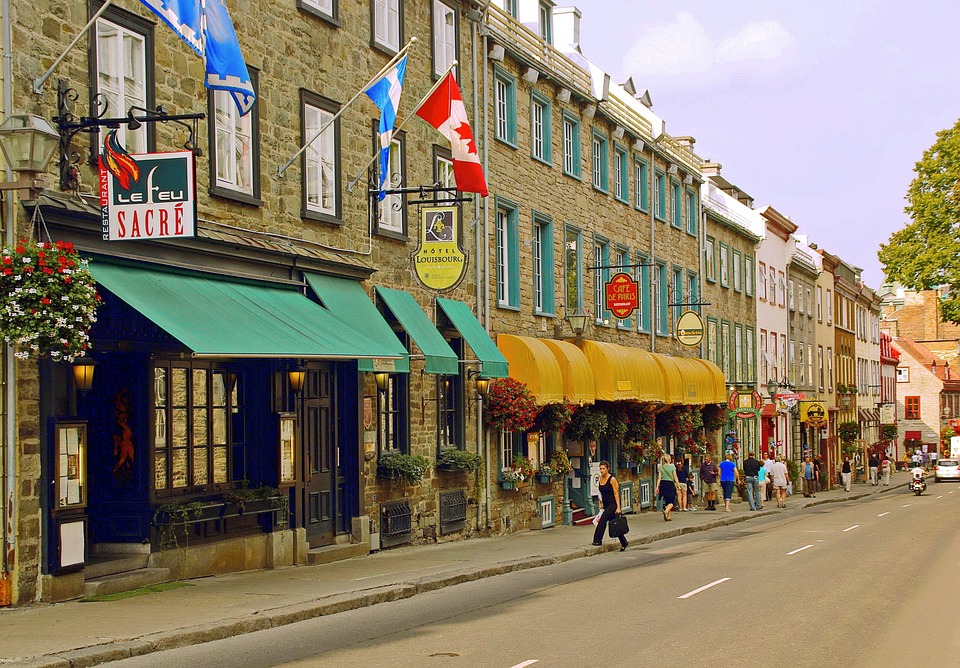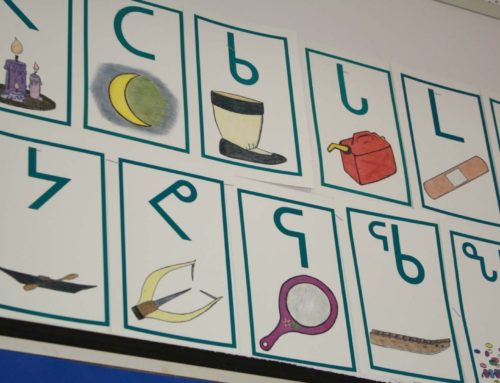French-English Bilingualism is a fundamental part of Canadian identity. A concept that’s been with us since Confederation, bilingualism allows Canada’s French and English communities to preserve their cultural distinctiveness, but also work together to pursue common goals.
Bilingualism is essential to understand if you want to set up a business in Canada.
Setting up shop in a province outside of Quebec requires you to follow Canadian labelling laws. Check out this blog article to find out all you need to know about bilingual packaging requirements.
But, if you want to set up your business in Quebec, there’s many more things you’ll need to be aware of.
French-English Bilingualism in Canada
During Canadian federation, The British North America Act of 1867 established English and French as the legislative and judicial languages of Canada. However, French language status was not respected in many substantial French-speaking provinces.
In 1963, the Royal Commission on Bilingualism and Biculturalism set forth the problems and demands of bilingualism. It recommended that English and French minorities throughout Canada be offered as many opportunities as possible to use their mother tongues. Interestingly, the commission stressed that there was still room for other languages in Canada- bilingualism and multiculturalism were not incompatible.
The Commission’s results led to the adoption of The Official Languages Act of 1969, instituting bilingua lism within Canada.
lism within Canada.
In 1974, Quebec became unilingual, recognizing French as its sole official language.
Multiculturalism
Just like the Royal Commission on Bilingualism and Biculturalism states, there’s room for many more languages in bilingual Canada. The Canadian census says that the percent of Canadians who speak a non-official language at home has risen to 14.5%, and the most frequently spoken language at home other than English or French is Mandarin.

In fact, bilingualism can mean different things in different places. At 60%, Richmond BC has the highest percentage of immigrants of any Canadian community. Last year, many Chinese business owners advertised using signs which only had Chinese wording.
Though a motion passed by the Richmond Council requires all future signage to have at least one of Canada’s official languages, this demonstrates that the two major languages in Canada aren’t always English and French.
Setting up a business in Quebec
But, French language is critical to Quebecois identity—just under half of French speakers are bilingual, meaning the majority only speak French. What exactly does this mean for your business?
The Charter of the French Language details important regulations your business must comply with in Quebec.
- Your business must have a French name. A name in another language can also be included, but the French name must be more prominent.
- All businesses must be able to serve the public in French.
- Your business must have a French website.
- If you have an e-commerce website, all information a consumer needs to make a purchase must be included in French.
- Employers have to use French in written internal documents.
- Employers can’t fire/refuse to hire people because they don’t know English or another non-French language.
- Contracts must be in French, but there can be a translated version as well.
- For signs and advertisements, French can be used alone or with another language, but the French must be more prominent.
- Anything written on a product must be in French. A translation can be included, but it must be smaller than the French words.
- Menus must be in French, and can include other languages, but they must be smaller than the French words.
Even huge corporations need to comply with The Charter of the French Language. Just look at KFC, which goes by PFK in Quebec- Poulet Frit Kentucky!
 (source: https://bit.ly/2mvXSBT)
(source: https://bit.ly/2mvXSBT)
Francization
Along with these requirements, businesses with 50+ employees must follow additional rules called francization. First, the business must increase the number of French employees at all levels who know French.
French must also be included in:
- Internal and external communications.
- Work tools and documents.
- Internal software used inside the business.
Businesses with 100+ employees must set up an internal francization committee to implement the general use of French within the business. The committee must be composed of 6+ people, and half must be non-management personnel. Businesses receive a francization certificate from the Office québécois de la langue française, and then report back to them every three years on their use of French.
——
There are a lot of things to keep in mind when starting a business in Quebec. But, finding top quality French translation and content localization is the best step you can take.
At LAT, our language professionals are experienced French Canadian translators, editors, and graphic designers who will ensure that your materials are properly localized for the French Canadian market.




